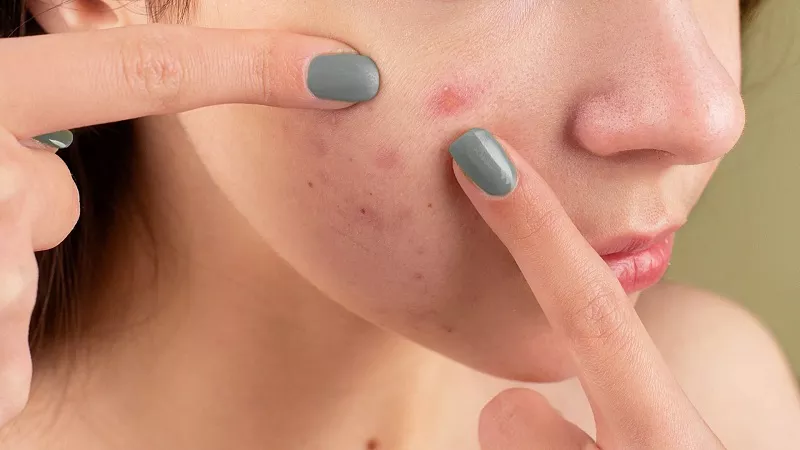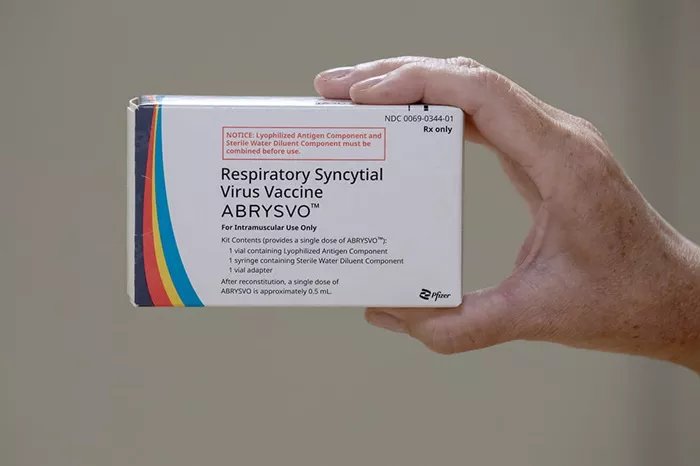Allergy hives, clinically known as urticaria, manifest as raised, red, and itchy welts on the skin, signaling an immune system response to allergens. This in-depth exploration navigates the visual characteristics, underlying causes, and potential treatments associated with allergy hives. Understanding what allergy hives look like is pivotal for individuals experiencing these skin reactions, as well as for healthcare providers seeking to diagnose and manage allergic conditions effectively.
Identifying Allergy Hives by Appearance
Allergy hives present as red, raised welts on the skin, often surrounded by an area of redness known as erythema. These welts, also called wheals or hives, can vary in size and shape, ranging from small, individual bumps to larger, interconnected patches. The appearance of allergy hives is characterized by their transient nature, as individual welts may come and go within a span of hours, only to be replaced by new ones. The edges of the welts are typically well-defined, contributing to their distinct appearance. In some cases, hives may take on a pale center, creating a halo effect around the red outer perimeter.
Understanding the Pruritic Nature of Allergy Hives
One hallmark of allergy hives is the intense itching or pruritus they elicit. The urge to scratch the affected areas is a common response to the discomfort caused by allergy hives. The pruritic nature of hives can exacerbate the skin’s reaction, potentially leading to the spread of welts as a result of scratching. Managing the itch associated with allergy hives is a key component of treatment, as scratching can not only intensify the discomfort but also contribute to the risk of secondary infections.
Distinguishing Between Short-Term and Persistent Hives
Allergy hives can be broadly categorized into two types: acute and chronic. Acute hives typically last for a short duration, often resolving within six weeks. They are commonly associated with allergic reactions to food, medications, insect stings, or environmental factors. Chronic hives, on the other hand, persist for more than six weeks and may recur over an extended period. Identifying the duration of hives is crucial for healthcare providers in determining potential causes and developing an appropriate treatment plan.
Unraveling the Origins of Allergy Hives
Various triggers can set off allergy hives, and understanding the underlying causes is essential for effective management. Allergic reactions to certain foods, such as nuts, shellfish, or dairy, are common culprits. Medications, particularly antibiotics and nonsteroidal anti-inflammatory drugs (NSAIDs), can also induce hives in susceptible individuals. Insect stings or bites, exposure to allergens like pollen or pet dander, and even stress can contribute to the development of allergy hives. Unraveling the specific trigger is a crucial step in addressing the root cause of hives and preventing their recurrence.
How Allergy Hives Are Linked to the Immune System
The development of allergy hives is intricately linked to the immune system’s response to allergens. When the body encounters an allergen, the immune system releases histamine and other chemicals. Histamine, in particular, plays a central role in the development of allergy hives. It increases the permeability of small blood vessels, leading to fluid leakage and the formation of welts on the skin. This immunological response is part of the body’s attempt to defend against perceived threats, but in the case of allergies, it can result in the characteristic skin reactions seen in hives.
Navigating Diagnostic Approaches for Allergy Hives
Diagnosing allergy hives involves a thorough examination of the individual’s medical history, a detailed description of the skin reactions, and often, allergen testing. Healthcare providers may inquire about recent exposures to potential triggers, changes in diet or medication, and the duration and pattern of the hives. Allergen testing, which can include skin prick tests or blood tests, helps identify specific allergens that may be contributing to the hives. In some cases, healthcare providers may recommend additional tests to rule out underlying conditions that could be triggering the immune response.
Managing Allergy Hives Effectively
Effectively managing allergy hives requires a multifaceted approach that addresses both the symptoms and underlying causes. Antihistamines, which block the action of histamine, are commonly prescribed to alleviate itching and reduce the size and number of hives. For acute hives, short-term use of oral corticosteroids may be recommended to provide rapid relief. Identifying and avoiding known triggers is a crucial aspect of managing allergy hives, especially in cases of chronic hives where triggers may be less apparent. In some instances, allergists may recommend immunotherapy to desensitize the immune system to specific allergens, reducing the frequency and severity of hives.
Minimizing the Risk of Allergy Hives Recurrence
Preventing the recurrence of allergy hives involves implementing preventive measures based on identified triggers. Individuals with known food allergies should be vigilant about reading ingredient labels and avoiding allergens. Those prone to hives triggered by medications should communicate their allergies to healthcare providers to prevent the inadvertent prescription of triggering drugs. Insect sting allergies may require carrying an epinephrine auto-injector for emergency use. Stress management techniques, such as mindfulness and relaxation exercises, can also play a role in preventing stress-induced hives. Implementing these preventive measures is crucial for individuals seeking to minimize the impact of allergy hives on their daily lives.
Recognizing Potential Complications Associated with Allergy Hives
While allergy hives themselves are generally harmless, complications can arise, particularly if there is excessive scratching. Intense scratching can break the skin, leading to open sores and the risk of infection. In rare cases, severe allergic reactions, including anaphylaxis, can occur, necessitating immediate medical attention. Individuals experiencing difficulty breathing, swelling of the face or throat, or a rapid drop in blood pressure should seek emergency medical care. Recognizing and addressing potential complications promptly is essential for ensuring the overall well-being of individuals with allergy hives.
Navigating Allergy Hives in Children
Allergy hives can affect individuals of all ages, including children. Pediatric considerations in managing allergy hives involve unique challenges and considerations. Healthcare providers work closely with parents to identify potential triggers, especially in cases where children may have difficulty articulating their symptoms. Age-appropriate methods for assessing and treating allergy hives are employed, with a focus on minimizing the impact on the child’s quality of life. Open communication between parents, healthcare providers, and educators is key to navigating allergy hives in the pediatric population.
Understanding the Challenges of Persistent Skin Reactions
Chronic hives, lasting for more than six weeks, present unique challenges due to their prolonged and recurring nature. Individuals dealing with chronic hives may experience not only physical discomfort but also emotional and psychological distress. The unpredictable nature of chronic hives can significantly impact daily life, leading to concerns about social interactions and the potential for hives to interfere with work, school, or recreational activities. Healthcare providers collaborate with individuals with chronic hives to develop comprehensive management strategies that address both the physical and emotional aspects of living with persistent skin reactions.
Advancing Understanding and Treatment of Allergy Hives
Ongoing research and innovation in the field of dermatology continue to advance our understanding of allergy hives and refine treatment approaches. Investigations into the molecular mechanisms underlying hives, the identification of novel therapeutic targets, and the exploration of innovative treatment modalities contribute to the evolving landscape of allergy hives research. The intersection of immunology, dermatology, and allergology holds promise for uncovering new insights into the triggers and treatment options for allergy hives, ultimately enhancing the quality of care for individuals affected by these skin reactions.
Conclusion
In conclusion, allergy hives, with their distinctive appearance and characteristic itch, are a visible manifestation of the immune system’s response to allergens. Recognizing the visual characteristics, understanding the immunological processes at play, and navigating the diagnostic and treatment approaches are crucial steps in effectively managing allergy hives. Whether acute or chronic, allergy hives can impact various aspects of an individual’s life, making comprehensive care that addresses both the physical and emotional aspects essential. Through continued research, innovation, and a collaborative approach between individuals and healthcare providers, navigating the dermatological landscape of allergy hives becomes a journey toward effective management and improved quality of life.
[inline_related_posts title=”You Might Be Interested In” title_align=”left” style=”list” number=”6″ align=”none” ids=”3589,3585,3630″ by=”categories” orderby=”rand” order=”DESC” hide_thumb=”no” thumb_right=”no” views=”no” date=”yes” grid_columns=”2″ post_type=”” tax=””]

































